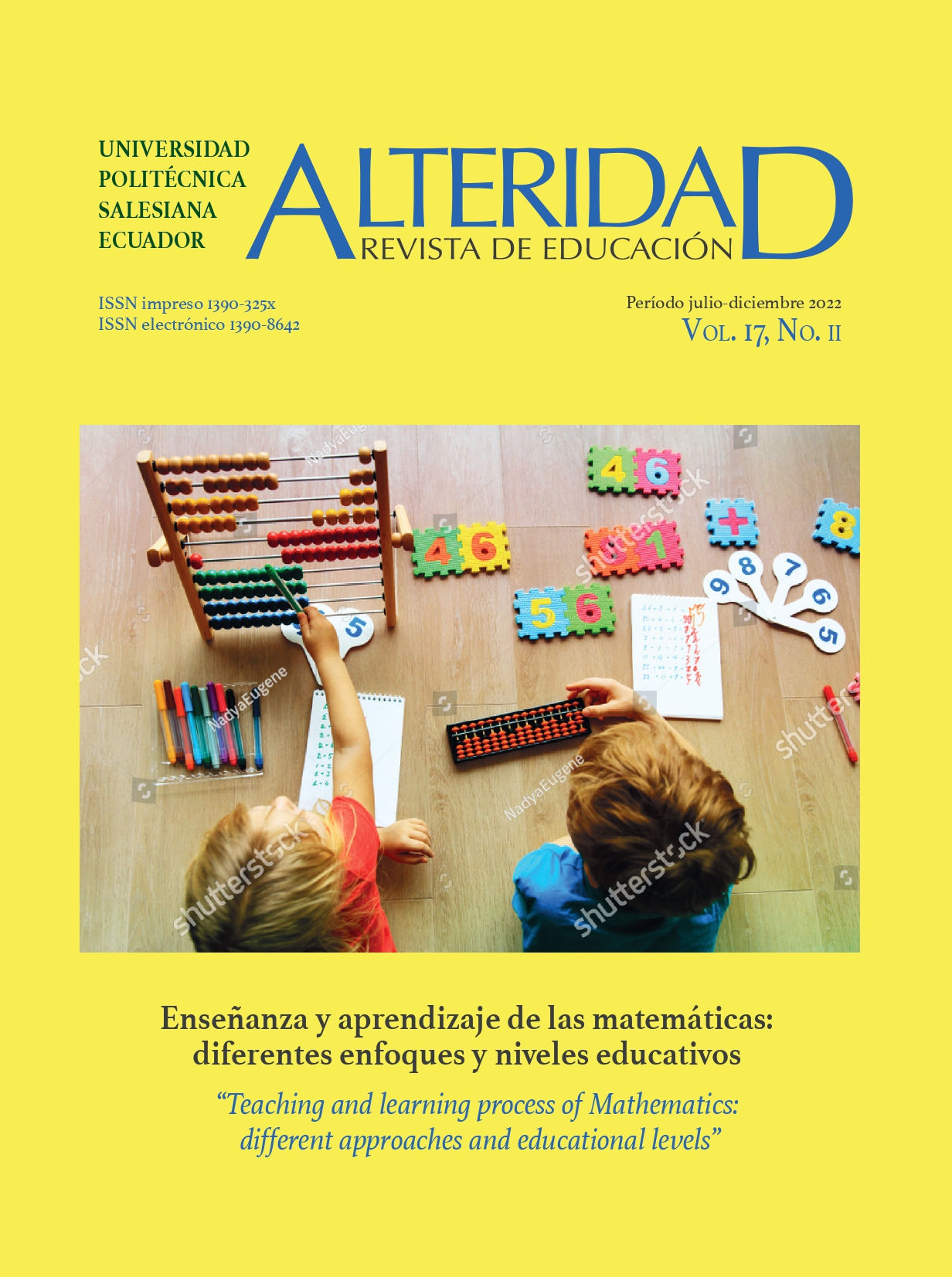Mathematical representations of 5 and 6-year-old children when solving an open-ended problem
Main Article Content
Abstract
Problem solving and representation are two fundamental processes of mathematical activity. The development of these processes provides a key basis for learning mathematics at all school levels, which is why it is so important to promote them from an early age. The aim of this article is to describe the representations and ways of solution posed by a group of children in pre-school education (5-6 years), in a Catalan school, when solving an open-ended arithmetic problem. The study follows a descriptive-interpretative methodology. A school task is designed and implemented from which individual written productions are obtained. In addition, interviews were conducted with each of the students and the corresponding video recordings were made. The data are systematised and a two-phase analysis is carried out: initially the types of representation are characterised and then the calculation methods used by the children. The results indicate that all the participating pupils produce representations to solve the problem. All the children make iconic representations, and a few combine iconic and symbolic representations. As for the ways of solving the problem, continuous counting predominates, although in some cases proposals are made in which more complex reasoning is evident. In these cases, the children propose groupings which are expressed by means of drawings and symbols.
Article Details
Section
Central Theme

This work is licensed under a Creative Commons Attribution-NonCommercial-ShareAlike 4.0 International License.
Authorship: The list of authors signing must include only those people who have contributed intellectually to the development of the work. Collaboration in the collection of data is not, by itself, a sufficient criterion of authorship. "Alteridad" declines any responsibility for possible conflicts arising from the authorship of the works that are published.Copyright: The Salesian Polytechnic University preserves the copyrights of the published articles, and favors and allows their reuse under the Creative Commons Attribution-NonCommercial-ShareAlike 3.0 Ecuador license. They may be copied, used, disseminated, transmitted and publicly displayed, provided that: i) the authorship and the original source of their publication (journal, editorial and work URL) are cited; (Ii) are not used for commercial purposes; Iii) mention the existence and specifications of this license.

